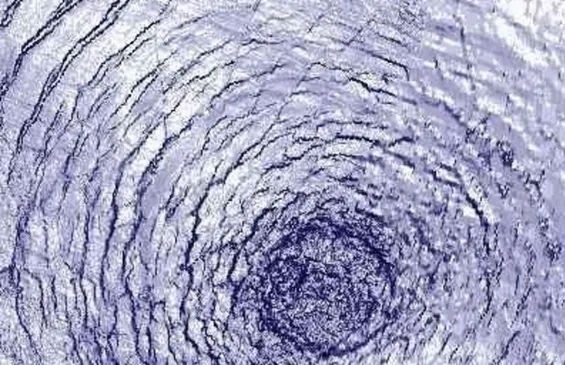Scientists Solve Mystery of The Silverpit Crater
- Editor OGN Daily
- Oct 3
- 2 min read
After two decades of debate, researchers say they finally have definitive proof that the crater was created by an asteroid strike more than 40 million years ago.

Since its discovery in 2002, the 1.8 mile wide crater, which is surrounded by a 15 mile wide zone of circular faults, has been at the centre of a heated debate among geologists. The Silverpit Crater was discovered off the Yorkshire coast in north east England, 766 yards (700 m) below the seafloor. Its circular shape and central peak look like hallmarks of a cosmic impact but now, a team from Heriot-Watt University in Scotland has solved the mystery at last.
Using modern 3D seismic imaging and drill cuttings from a 1980s oil well, space.com reports that the researchers pieced together the clearest picture yet of the crater, confirming its asteroid impact origin. "Silverpit is a rare and exceptionally preserved hypervelocity impact crater," Nicholson said in a statement. "We can use these findings to understand how asteroid impacts shaped our planet throughout history, as well as predict what could happen should we have an asteroid collision in future."
The new seismic data provided an "unprecedented look" at the structure, revealing unmistakable impact features, including a central uplift, an encircling moat, shattered rock zones and even smaller "secondary craters" carved by falling debris, the study reports. The pattern of faults around the crater - with rocks pulled apart on the west side and compressed on the east - suggests the asteroid slammed in from the west at a shallow angle, researchers say.



